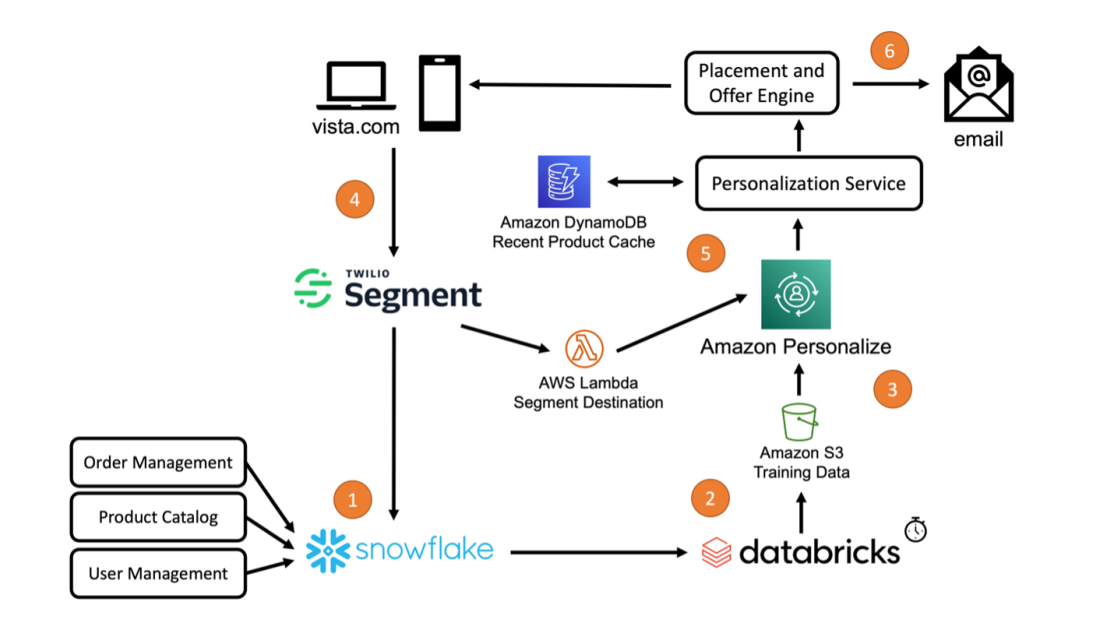Contact centres for financial institutions have traditionally been a core touch point for customers to access various types of immediate support – from queries to complaints to fraud alerting.
Today their role hasn’t necessarily changed. However, the value organisations place on them certainly has. The focus is shifting from fitting customers around business processes to reshaping contact centres around customers’ needs.
For years, the role of contact centres was limited – often confined by traditional 9-5 working hours. It was predominantly aimed at driving down costs and improving efficiencies.
This was reflected by the way companies measured their success. They had KPIs ranging from targets for call volumes to queue times and abandonment rates. These inward-focussed efficiency metrics have, however, consistently failed to put the customer at the centre of the service.
In today’s increasingly digitalised environment, this is no longer sustainable. Nothing is more valuable than customer experience and customer outcome. Organisations are fast adapting to the idea that great customer experiences convert into customer loyalty and new customers. People increasingly sharing their positive and negative experiences online. As a result, financial institutions can no longer afford to underestimate their services.
Contact centres are transforming. From unempathetic, 9-5 services reliant on a standard agent script, to becoming a customer experience centre. They don’t just focus on a service but the total customer experience across an organisation.
This presents a new opportunity for financial services companies to become fully connected organisations driven by technology. Embrace solutions that connect and unify all their channels – from digital to physical and mobile. As a result, they can create seamless, connected customer experiences that distinguish them from their competitors.
Understanding the needs of financial services customers
To better equip contact centres to service customers, we first need to look at how the needs of these customers have changed over time.
The past few years have seen the customer landscape evolve and diversify significantly. Alongside more traditional customers, organisations are increasingly welcoming a new generation of tech-savvy, socially connected customers. They come with a fresh new range of expectations.
Empathy, passion and hyper-personal connections are key drivers behind their demands. They centre around being understood and supported throughout their customer journey. Failure to do so can have catastrophic effects for organisations. Not only will it risk customers leaving their service but also expressing their frustration online.
This means one thing:
The more you know your customer, the more you can tailor your service to them.
A customer who’s been with your organisation for decades will be likely to seek support through traditional landlines or your website. On the other hand, the younger, digitally savvy customers will want mobile and self-service options, pursuing a more digital experience.
So how can organisations make sure that all these needs and preferences are satisfied? Put simply, the more diversified the audience, the more diversified the services.
Breaking down silos in contact centres
To really drive customer satisfaction across your evolving customer base, you need to invest in omnichannel engagement. Encompassing anything from social media to instant messaging, webchats and physical customer support, customers choose their channel of preference.
But this hasn’t always been the case for organisations in the financial services industry. Organisations may have invested in technologies to support a growing number and type of customer-facing channels. However, these are often used in silos and operated by different vendors.
This leaves customer data confined. Additionally, it prevents agents from surfacing customers across multiple systems. Most importantly, it prevents organisations from leveraging customer insights and using them to better orchestrate the customer journey.
Organisations who adapt and unify these siloes will be more likely to succeed at improving the customer journey. Doing so will empower employees to be more collaborative and productive. It will also reduce time to serve customers and provide an overall higher quality of service.
But it’s not enough to change the internal ways of working. Organisations must improve the way they build relationships with their customers. Looking ahead, they need to improve their ability to capture interactions in the moments that matter. They must continuously adapt and improve using this new-found knowledge.
To do this, they need an infrastructure and technology foundation. One that can empower them to capture these moments, understand their context and orchestrate the best, most optimal route across any function. All to deliver fast, impactful and personalised services that convert prospects into long-lasting advocates.
The rise in automated self-service technology
In a world that increasingly relies on digital innovation and newly found tech capabilities, automation can play a key role in improving customer services and contact centres.
Until recently, these have had virtually no front-door filter standing between customers and operators. Self-service has only just started to become a reality, leaving agents to deal with more complex cases.
This is where automation comes in. As data-based insights and capabilities become the norm, organisations have the opportunity to identify the simpler customer queries. They can then direct them to self-service areas, virtual assistants and AI-powered services.
Conversational virtual assistants are a powerful tool. Especially when it comes to harnessing data to gain insights on the customer. This data can be used to understand customer demands, their purchase history and previous complaints and other crucial information that can help them address their query entirely autonomously.
If the customer wants to transfer to a human, all that data can be carried across. Using AI, potential knowledge articles and recommendations, agents can successfully solve a customer’s request.
AI can also assist with more complex tasks such as pre-authenticating customers before speaking to an agent. This time-saving feature benefits both the customer experience and a contact centre’s inward metrics. With the addition of voice-biometric technology, a virtual agent could also help detect and prevent fraud by comparing a customer’s voice against their customer profile. A more cost-effective solution to training agents on fraud prevention and extra reassurance to customers that their money is secure.
These kinds of innovations aren’t there to make calling a contact centre redundant. There will always be a need to speak to agents to help manage banking relationships or advise on future monetary decisions. But for simpler, everyday tasks, financial organisations can empower customers to self-service rather than waiting to speak to an adviser.
Challenger banks have been particularly good at pushing innovations in this way and raising the customer service bar. Many of them are truly revolutionising retail banking by reducing typical applications processes from a week to minutes. By promoting a digitally-native experience, more traditional banks are forced to reconsider their own customer experience.
Keeping customer data secure in the cloud
Data breaches happen far too frequently today. And as financial institutions can hold an entire customer’s wealth – from mortgages to loans to bank balances – there’s an enormous responsibility to ensure that data is kept safe and secure.
This presents an immediate challenge to spend millions innovating on an existing IT infrastructure. This may require a huge amount of capital investment and resources to maintain. We’re seeing many leading insurance companies and banks choosing to migrate their contact centre operations from on-premise servers to the cloud.
If you consider Azure for example, Microsoft has already spent billions creating a secure cloud solution and helped protect leading organisations from cyber-attacks, fraud and Denial-of-Service on an intraday basis. This reassurance makes migrating to the cloud not just a business decision for better data security, but also for greater cost efficiency by eliminating the many overheads that physical servers require.
The cloud also offers advantages when it comes to complying to financial regulations such as how organisations handle data, offer services and prevent financial crime. By working with a trusted cloud provider like Microsoft, a lot of this responsibly can be shared and evidence can be provided to show that data is being kept securely and systems are operating within regulations.
An all-in-one solution for financial services contact centres
Financial organisations are changing. Their reputation and global presence is increasingly tied to customer experience, online reviews and the quality of their services. As a result, they must reimagine their services with a new, more demanding and diversified customer base in mind.
At the same time, switching banks or insurers has never been simpler. Therefore, it crucial for organisations to innovate their contact centre and make the end-to-end experience as efficient and helpful as possible.
The key is to not consider every channel as a separate challenge. A 2021 Forrester report commissioned by Microsoft, Boost Your CX With A Better Integrated Contact Center, CRM, And Collaboration Systems, found that 74 percent of contact centre agents in organisations typically use four or more applications to service customers. This gives a disconnected experience for agents. But by implementing an all-in-one contact centre solution such as Microsoft Dynamics 365 Customer Service, financial organisations can manage their operation through a single platform. From initial customer contact to automated self-service with AI virtual assistants, to agent-guided case management and back office collaboration with Microsoft Teams.
This allows live agents to interact with customers on any channel. They have a complete overview of all previous interactions to give a frictionless and effective customer journey. It also helps to free up their time. So they can focus on the most complex and sensitive requests that virtual assistants aren’t equipped to handle.
Find out more
Envisioning the Future of Customer Experience
Microsoft Dynamics 365 Customer Service
About the author
Chris leads the Dynamics 365 Customer Engagement portfolio for Microsoft UK within the Dynamics 365 Business Group. Chris is responsible for developing and orchestrating the go-to-market strategy across this portfolio for the UK geography to generate awareness, create excitement and drive business development. The Dynamics 365 Customer Engagement portfolio is a suite of intelligent front office business applications designed to accelerate digital transformation across sales, marketing and customer service.



